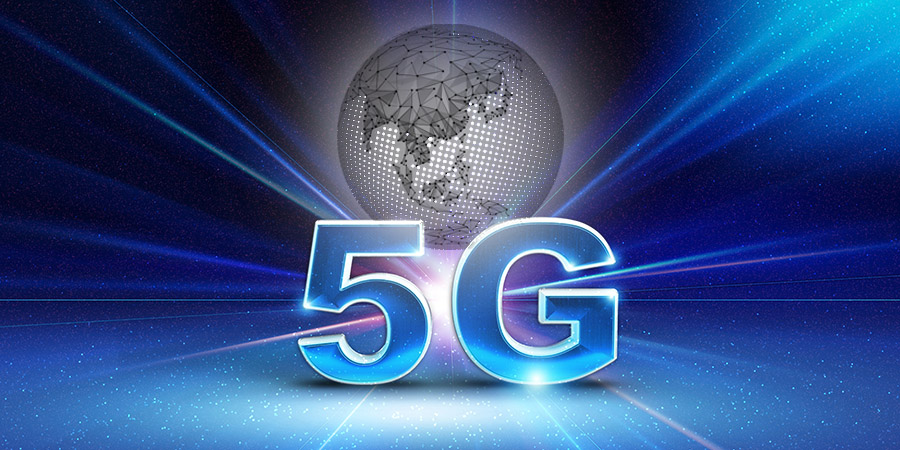The Asia Pacific is leading the way in deploying and adopting 5G technology as it becomes more prevalent worldwide. The region is experiencing a strong push towards implementing 5G, thanks to a mix of regulations, industry partnerships, and technological progress. It is important for telecom companies, policymakers, and consumers to grasp the regulatory landscape and policies that are shaping 5G adoption in the Asia Pacific.
Deployment Momentum and Spectrum Allocation
The deployment momentum of 5G in the Asia Pacific has been extensively studied by industry experts and organizations. According to a report published by the GSMA, the region has made substantial progress in rolling out 5G networks. The report highlighted that by the end of 2023, the Asia Pacific had 1.3 billion 5G connections, representing nearly 60% of global 5G connections. This rapid uptake can be attributed to proactive regulatory measures and policies aimed at fostering a conducive environment for 5G deployment.
One of the critical aspects influencing 5G adoption is spectrum allocation and management. Governments and regulatory bodies across the Asia Pacific have been actively formulating spectrum policies to support 5G deployment. The GSMA's report provided insights into the spectrum allocation strategies adopted by various countries.
For instance, countries like Japan, South Korea, and China have allocated mid-band spectrum for 5G, enabling operators to offer enhanced mobile broadband services with better coverage and capacity. With the ongoing rollout of 5G networks in other regional markets, the Asia Pacific is on track to become the largest 5G market globally.
South Korea was the first country to deploy a nationwide 5G network in April 2019, followed by other countries like Australia, the Philippines, China, and New Zealand. The region is expected to become one of the largest 5G markets globally by 2025, with countries like Indonesia, India, and Malaysia joining the 5G rollout.
According to Q2 2023 data from GSMA Intelligence, South Korea, China, and Japan lead in 5G adoption, with a higher percentage of 5G connections compared to total connections than selected European markets. South Korea has 31.3 million 5G connections, accounting for over 48% of all mobile connections in the country.
China boasts more than 700 million 5G connections, representing 41% of the total connections. Other early adopters like Japan, Hong Kong, and Australia have also seen significant growth in their 5G connections. Seoul and Kuala Lumpur are the top cities in the Asia Pacific offering robust 5G speeds. Both cities have reported high median download speeds, with Seoul offering speeds of 533.95 Mbps and Kuala Lumpur offering speeds of 523.44 Mbps. Despite being newer to 5G, Indian cities like Delhi and Mumbai have shown impressive speeds, with Delhi providing speeds of 357.43 Mbps and Mumbai providing speeds of 319.45 Mbps.
However, their 5G networks are still developing, resulting in lower availability compared to more established markets. Metro Manila in the Philippines had the lowest median download speed among cities in the report for H1 2023, displaying speeds of 135.51 Mbps. The city also reported a 5G availability rate of 35.7%, which is slightly lower than Seoul and Sydney.
Geopolitical Considerations and Industry Dynamics
However, the spectrum allocation process is not devoid of challenges and controversies. The debate over spectrum pricing and auction mechanisms continues to shape regulatory decisions in the region. A GlobalData report emphasized the need for transparent and fair spectrum auctions to ensure optimal allocation and investment in 5G infrastructure. Striking a balance between revenue generation for governments and affordability for operators is a delicate task that requires active regulatory intervention.
Apart from spectrum policies, geopolitical factors also play a significant role in shaping 5G adoption dynamics in the Asia Pacific. The controversy surrounding Huawei, a leading Chinese telecommunications equipment provider, has garnered attention in the region. Countries like the Philippines have faced dilemmas regarding Huawei's involvement in their 5G infrastructure development. For instance, the Asia Pacific Foundation of Canada's publication—5G Geopolitics and Philippines: Huawei Controversy—discusses how geopolitical tensions can influence regulatory decisions and technology choices in the 5G domain.
Economic Implications and Industrial Use Cases
Furthermore, the industrial use cases and economic implications of 5G adoption are key considerations for policymakers. A review of the 5G ecosystem and adoption in industrial use cases in the Asia Pacific, as outlined in a UK government report, sheds light on the potential economic benefits and transformative impact of 5G technologies. Industries such as manufacturing, healthcare, and transportation stand to gain significantly from 5G-enabled innovations such as IoT (Internet of Things), AI (Artificial Intelligence), and edge computing.
The regulatory frameworks governing data privacy and security also play a crucial role in instilling trust and confidence among consumers and businesses adopting 5G services. Research studies like those published in ScienceDirect emphasize the importance of robust data protection regulations and cybersecurity measures in the context of 5G networks. Strengthening regulatory frameworks related to data governance and cybersecurity is an ongoing priority for policymakers across the Asia Pacific.
The regulatory perspectives and policies influencing 5G adoption in the Asia Pacific are multifaceted and evolving. Stakeholders must navigate a complex landscape of spectrum management, geopolitical considerations, economic opportunities, and cybersecurity challenges to realize the full potential of 5G technology. Collaborative efforts between governments, regulatory bodies, industry players, and civil society are essential to foster an inclusive and sustainable 5G ecosystem that drives innovation and prosperity in the region.
